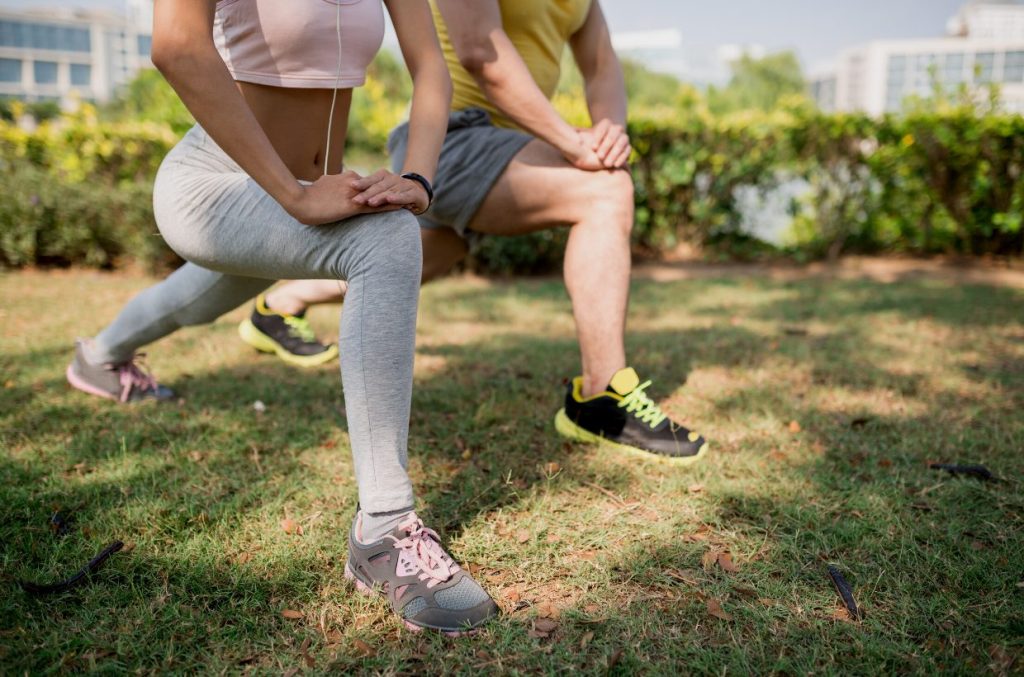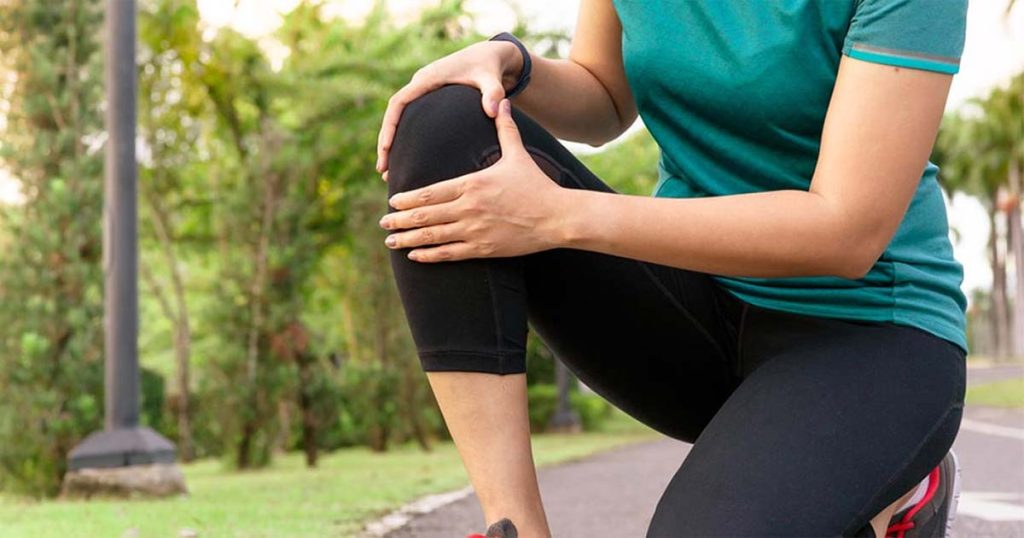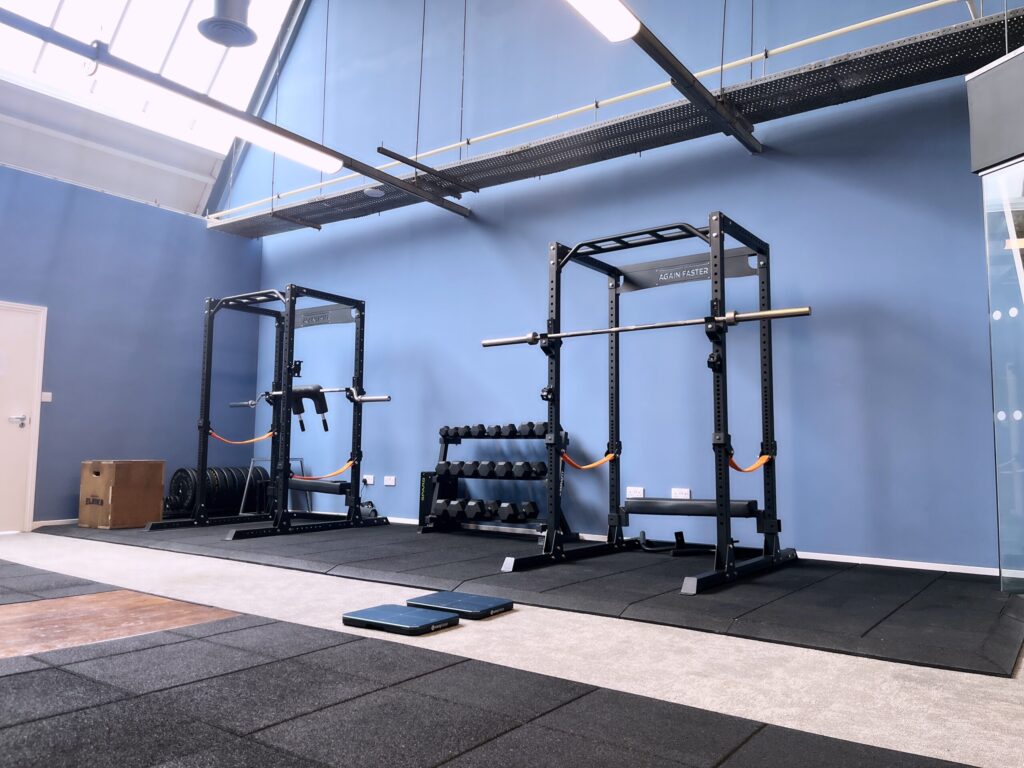‘Injuries are an inevitable part of exercise’: is this a statement you agree with?
A resignation to sustaining an injury has led to an ‘out of sight, out of mind’ mentality becoming common among amateur athletes. Those that take this approach will find that, sooner or later, they begin to experience pain or suffer an injury. For those people, the above statement is true.
But it doesn’t have to be that way.
Injuries are not inevitable, and it is certainly possible to exercise and run without suffering one. All you need to do is prepare.
Those running regularly for the first time are at an increased risk of injury, with many unsure how to prevent damage occurring. But they’re not the only ones. Many experienced amateur runners also don’t know how to prepare to avoid injury.
Here, we’re taking a look at ‘prehab’ and the steps you can take at home to prevent injury.
Warming up
Whether it’s the standing quad pull or the classic elevated hamstring stretch, many runners choose to prepare for their workout with a static stretching routine.
It might feel like the right thing to do, and you’ve seen others doing it, but there’s actually little evidence to suggest that static stretches are effective in preparing the body for running.
Instead, introduce dynamic stretching to your warm up. The main difference between static and dynamic stretches is movement. While you remain still and ‘hold’ a static stretch, dynamic stretches are completed in the act of moving and are not held for any period of time.
This movement means dynamic stretches better reflect the stresses and strains running puts on the body and prepare your muscles, joints, and ligaments for the journey ahead.
Be careful, though, not to stretch too far from the outset. Overstretching immediately can cause injury, so be sure to ease into your dynamic stretches, gradually increasing the range of movement as you warm up.
Strength and conditioning
Stretching will increase your range of movement, which can improve your running technique and efficiency. However, if the strength of your joints and muscles has not also increased, your improved mobility will create a weakness. That’s where strength training comes in.
Replicating the action of running in your training is the best way to prepare your body and prevent injuries, and a degree of intensity is necessary. Slow and steady training may be good for endurance, but it won’t condition the tissue to meet the challenge of running. Impact training, however, will.
Skipping and pogo jumps (jumping up and down on the spot) are two good examples of impact training exercises that replicate the strain placed on your ankles and calves during a run. You could also try low-level plyometrics — training that involves the use of jumps, hops, bounds, and/or skips — to achieve similarly beneficial results.
If you feel you have an area of weakness, or you’d like to try more targeted strength training, here are a few exercises we recommend for the body parts integral to safe running.
Calf
Bent-leg calf raises — Make sure your knee is bent, otherwise this exercise will have limited impact.
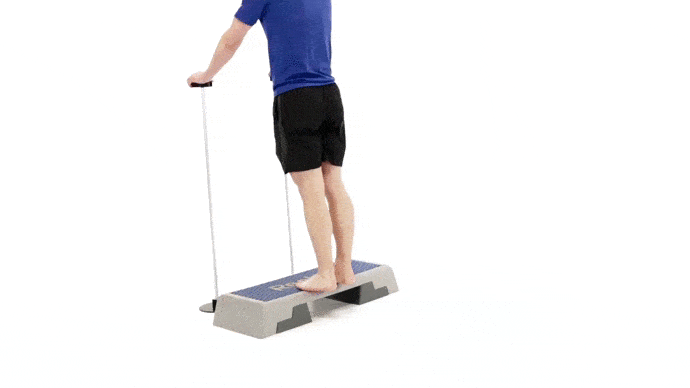
Eccentric calf raises — If you have weights at home and want to increase the difficulty, carry a dumbbell on the side of the leg that remains planted. At the top of each rep, slowly lower yourself down. Use the count of 1 second up, 3 seconds down.
Knee (Hamstring and quadricep)
Single-leg squats — Extending your arms out in front of you can help to maintain balance during this exercise.
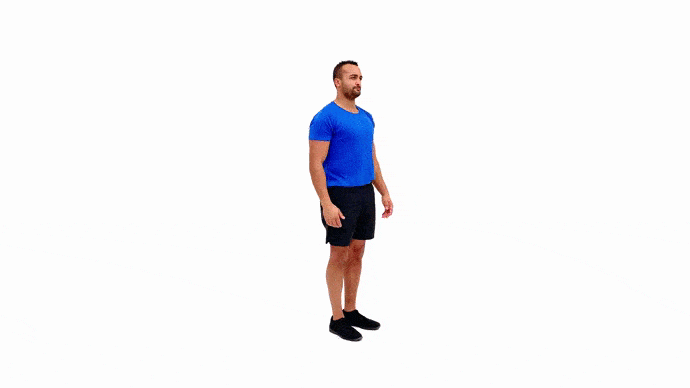
Arabesques — This exercise is not a test of balance, so feel free to stabilise yourself at the end of a repetition.
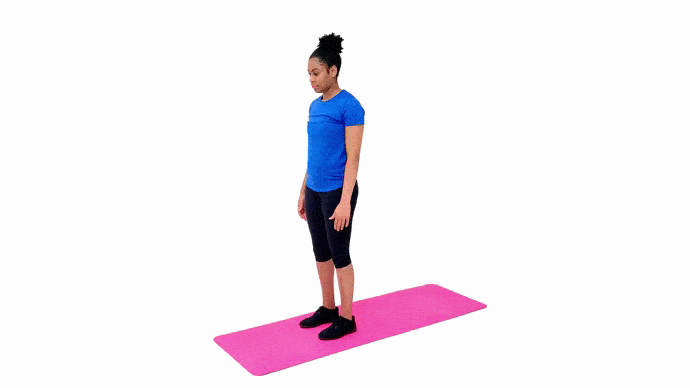
Single-leg bridges — Keep your raised leg in symmetry with the upper part of your supporting leg.
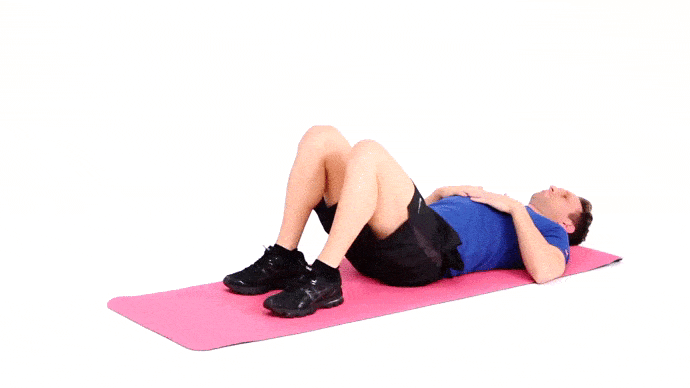
Hip (Glute)
Side plank — Position your arm directly under your shoulder and create a straight line with your heel, hip, and shoulder.

High step-up — Make sure the platform you’re stepping up to is stable and secure. Lift the leg that isn’t stepping and push through with your hip to engage your glutes further.

Side lunge — Make sure both feet are facing forward and your unbent leg remains straight.
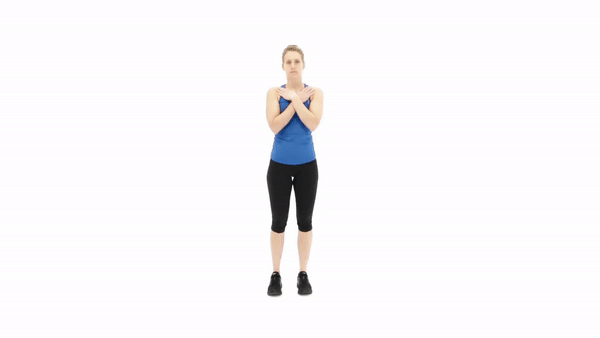
Bulgarian split squat — Create a 90-degree angle at your hip and your knee with each repetition for maximum impact. Make sure the platform you use is stable and secure.
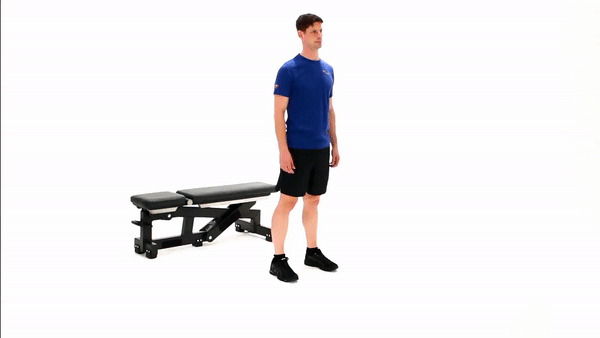
Hip thrust — Don’t arch your back during the exercise. Use your glutes to hyperextend the hips beyond being flat.
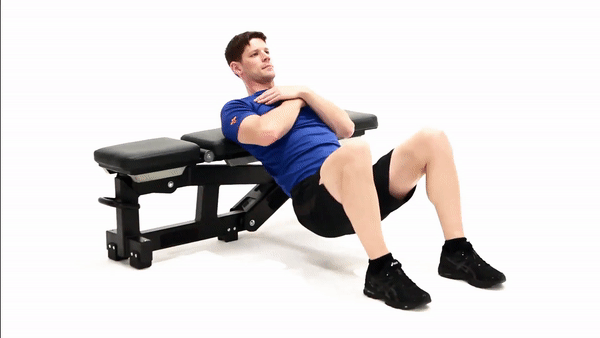
Core
Plank — Concentrate on keeping your body straight and stable, and your muscles tensed throughout.
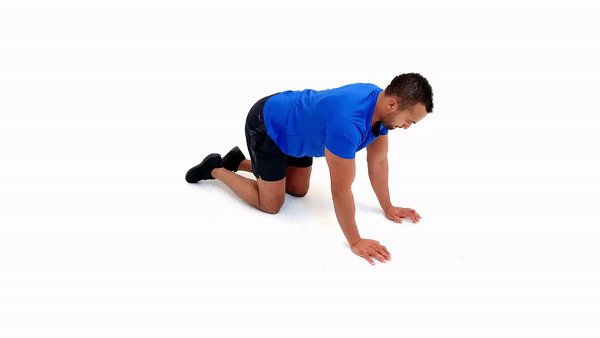
All areas
Lunges — Focus on stability and technique, not getting up and down as quickly as possible.

Avoiding training errors
Mistakes in training are the primary cause of injury among runners.
Running too far or too often will, in time, lead to injury, especially if you haven’t completed a suitable warm-up or conditioned your body for running.
That may not surprise you, but you might be surprised to hear that those injuries often occur three to six weeks after the training errors. This can lead to confusion over the cause of the injury, especially for runners who sustain the injury shortly after changing their training routine.
To prevent overuse injuries, limit workload increases to 10-15% per week. If you want to run more regularly, consider including short runs in your routine to avoid sustained pressure on your body.
Prevention is better than cure
An injury can put an end to your progress and limit your training for weeks or potentially months. And, at this difficult time, it could take away a much-needed source of mental relief.
By completing effective warm-up routines, strengthening the areas put under the most strain by running, and following a responsible training plan, you can prevent frustrating and painful injuries.
If you’d like more advice from our expert physios on preventing injury we’d be more than happy to help, so get in touch with us today.
